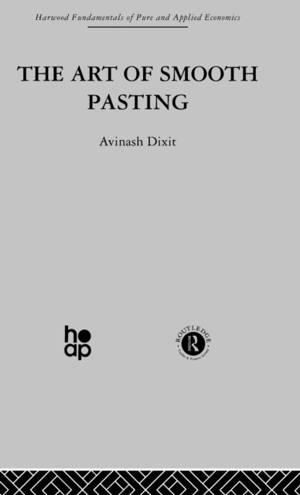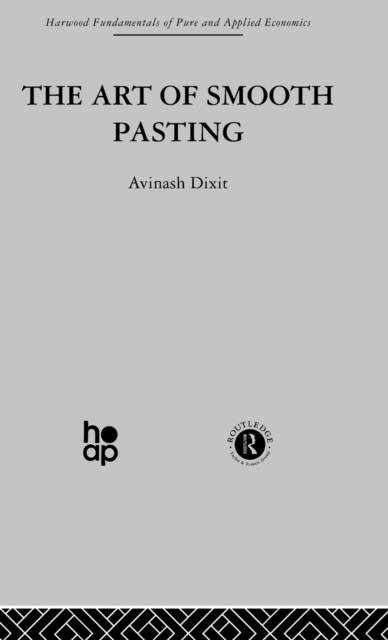
- Afhalen na 1 uur in een winkel met voorraad
- Gratis thuislevering in België vanaf € 30
- Ruim aanbod met 7 miljoen producten
- Afhalen na 1 uur in een winkel met voorraad
- Gratis thuislevering in België vanaf € 30
- Ruim aanbod met 7 miljoen producten
Zoeken
Omschrijving
This book aims to widen the understanding of stochastic dynamic choice and equilibrium models. It offers a simplified and heuristic exposition of the theory of Brownian motion and its control or regulation, rendering such methods more accessible to economists who do not require a detailed, mathematical treatment of the subject. The main mathematical ideas are presented in a context which with which economists will be familiar. Using a binomial approach to Brownian motion, the mathematics is reduced to simple algebra, progressing to some equally simple limits. The starting point of the calculus of Brownian motion - 'Ito's Lemma' - emerges by analogy with the economics of risk-aversion. Conditions for the optimal regulation of Brownian motion, including the important, but often mysterious, 'smooth pasting' condition, are derived in a similar way. Each theoretical derivation is illustrated by developing a significant economic application, drawn mainly from recent research in macroeconomics and international economics.
Specificaties
Betrokkenen
- Auteur(s):
- Uitgeverij:
Inhoud
- Aantal bladzijden:
- 88
- Taal:
- Engels
- Reeks:
Eigenschappen
- Productcode (EAN):
- 9780415269377
- Verschijningsdatum:
- 6/12/2001
- Uitvoering:
- Hardcover
- Formaat:
- Ongenaaid / garenloos gebonden
- Afmetingen:
- 142 mm x 224 mm
- Gewicht:
- 226 g

Alleen bij Standaard Boekhandel
+ 1221 punten op je klantenkaart van Standaard Boekhandel
Beoordelingen
We publiceren alleen reviews die voldoen aan de voorwaarden voor reviews. Bekijk onze voorwaarden voor reviews.











